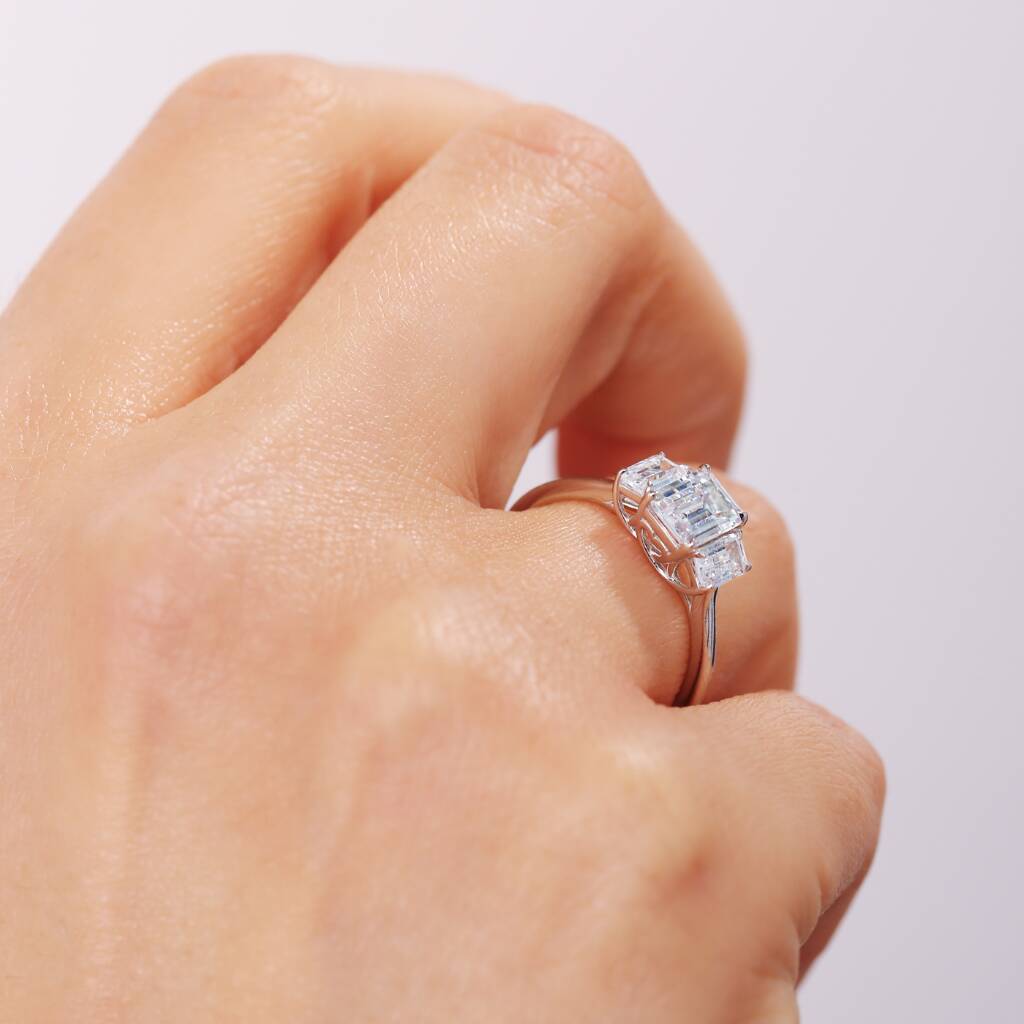
Introduction
In recent years, cultures and lab grown diamonds have emerged as a significant player in the diamond industry, offering a sustainable and ethical alternative to mined diamonds. As these diamonds gain popularity, they are also intersecting with diverse cultural practices and beliefs. This article delves into the cultural implications and perceptions of lab-grown diamonds, exploring how different societies embrace or challenge this innovative technology.
The Rise of Lab-Grown Diamonds
Understanding Lab-Grown Diamonds
Lab-grown diamonds are created using advanced technology that replicates the natural conditions under which diamonds form. These diamonds are chemically, physically, and optically identical to their natural counterparts but are produced in a controlled environment. The two primary methods for creating lab-grown diamonds are High Pressure High Temperature (HPHT) and Chemical Vapor Deposition (CVD).
The Appeal of Lab-Grown Diamonds
Lab-grown diamonds offer numerous advantages, including lower environmental impact, ethical sourcing, and cost-effectiveness. Their ability to circumvent the issues associated with traditional diamond mining, such as ecological damage and human rights violations, makes them an appealing choice for many consumers.
Cultural Significance of Diamonds
Historical Perspectives on Diamonds
Diamonds have long been imbued with cultural significance, symbolizing wealth, power, and eternal love. Historically, they have been treasured by various cultures for their rarity and brilliance. In Western cultures, diamonds are often associated with engagement rings and romantic gestures, while in other societies, they may symbolize status or spiritual protection.
Lab-Grown Diamonds and Cultural Integration
Changing Perceptions
Lab-grown diamonds are gradually changing cultural perceptions of diamonds. As awareness of their ethical and environmental benefits grows, many cultures are beginning to embrace them as a viable alternative to mined diamonds. This shift is particularly evident among younger generations who prioritize sustainability and social responsibility.
Challenges and Controversies
Misconceptions and Resistance
Despite their growing popularity, lab-grown diamonds face resistance from some cultural and industry quarters. Misconceptions about their value and authenticity persist, and traditionalists may resist the shift away from natural diamonds due to deeply ingrained beliefs and practices.
Industry Response
The diamond industry is responding to these challenges by emphasizing the unique qualities of lab-grown diamonds and educating consumers about their benefits. Efforts to dispel myths and promote transparency are crucial in overcoming resistance and fostering acceptance.
Future Prospects
Cultural Evolution
As lab-grown diamonds become more integrated into various cultures, their role in jewelry and symbolism will likely continue to evolve. Future developments in technology and shifts in cultural attitudes will shape how these diamonds are perceived and valued.
The Path Forward
Continued education and innovation will be key in advancing the acceptance of lab-grown diamonds. By addressing cultural concerns and demonstrating their benefits, lab diamonds have the potential to become a significant cultural and economic force.
Conclusion
Lab-grown diamonds represent a fascinating intersection of technology and culture. As they become more prevalent, they are challenging traditional perceptions and offering new opportunities for ethical and sustainable practices in the diamond industry. Understanding and embracing these changes will be crucial for both consumers and cultures as they navigate the future of diamonds.



